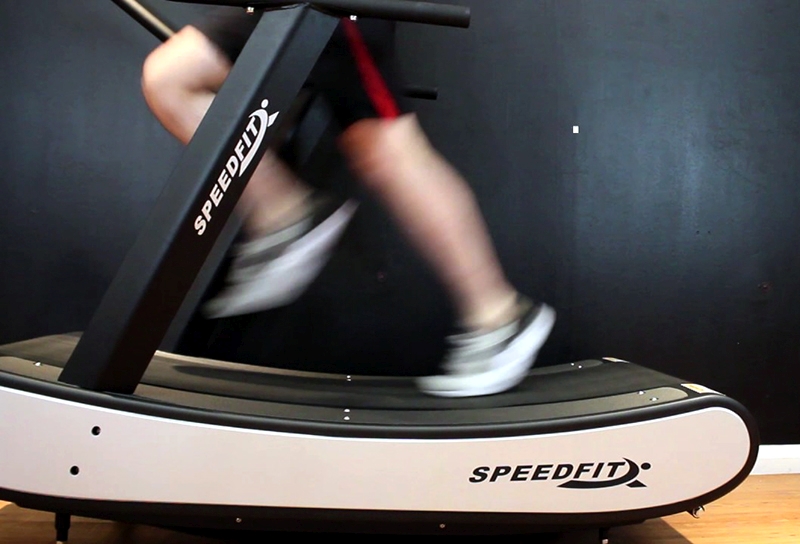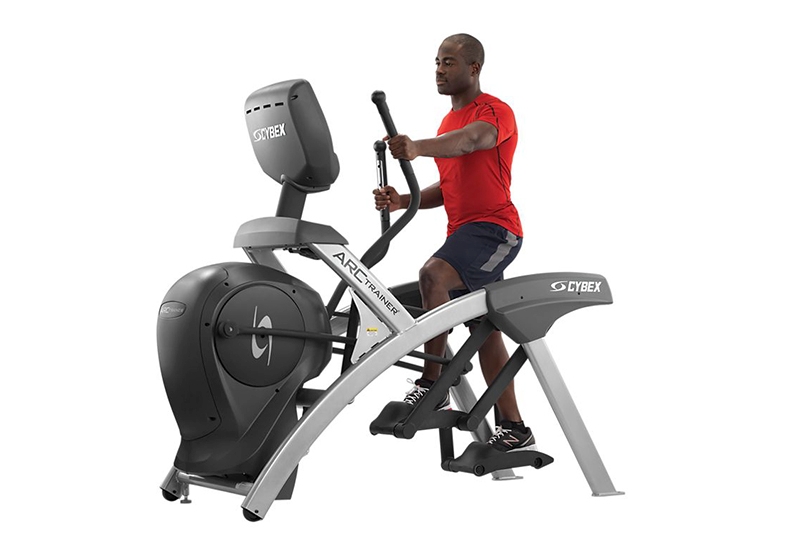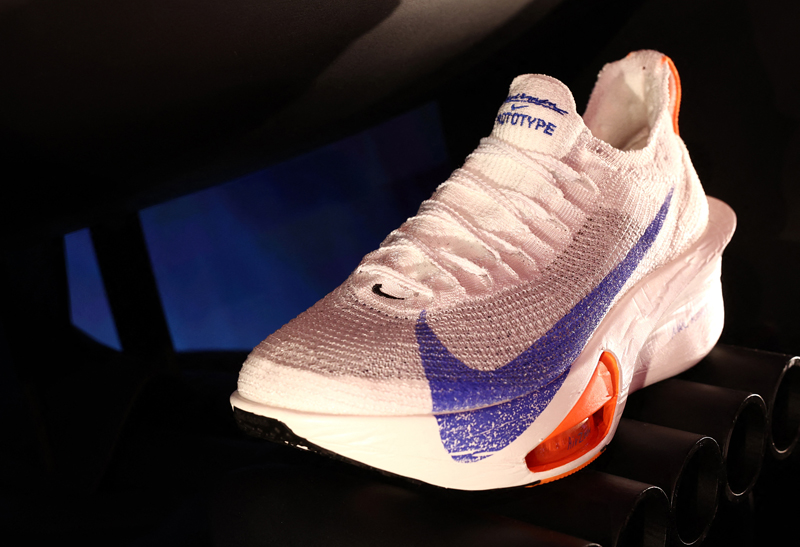You are viewing 1 of your 1 free articles. For unlimited access take a risk-free trial
Treadmill training: no power, more performance

Treadmill training offers a number of potential advantages over outdoors running. The cushioned running deck helps to reduce joint and muscle impact, which can reduce the risk of injury. The convenience and accessibility is a big bonus too; no matter what the weather or how dark outside, you can always train without the need to modify your sessions because of the conditions outside (eg snow, ice, rain). Then there’s the repeatability and feedback factor. Being able to precisely monitor your speed and workload during every treadmill run makes it a great tool for setting performance benchmarks. Of course, there are downsides too, such as the potential boredom factor, the cost (decent treadmills aren’t cheap) and the practicalities of finding space in the home. But given the choice, it’s a safe bet that most runners wouldn’t mind access to a treadmill for some of their training. And now a recent study by Aussie scientists suggests that there could be yet another reason to invest in a certain type of treadmill.
Rich pickings for the 'poor-man's treadmill'
In the study, researchers set out to compare the energy demands of outdoors running and treadmill running [J Sci Med Sport. 2018 May 19. pii: S1440-2440(18)30145-2]. However, they didn’t just compare results from normal motorized treadmills – they also assessed the effects of running on a curved non-motorized treadmill. On a non-motorized treadmill (such as the one shown above - image courtesy of Speedfit Treadmills), only the runner drives the belt – there’s no motor moving the belt under the runner’s feet. Once seen as the ‘poor man’s treadmill’, non-motorized treadmills are making something of a comeback, especially those with curved running decks, which helps to produce a more natural ‘feel’ for the runner using it, being closer to normal outdoors running.Fourteen fit, trained male and female runners participated in the study. Each experimental session consisted of five 6-minute bouts of running at progressively higher speeds, each separated by six minutes of rest. These sessions were completed on three separate occasions using:
- *A conventional motorized treadmill set at 1% incline (shown to give the closest physiological equivalence to running outdoors on flat terrain).
- *A curved non-motorized treadmill (Woodway Curve 3).
- *Normal overground running on the flat.
What they found
The key finding was that for any given speed, running on the non-motorized treadmill was significantly more physiologically demanding than running on the motorized deck and when overground running. Averaged across all the running speeds, the runners’ levels of oxygen consumption was around 22% higher when running on the non-motorized treadmill, while heart rates were around 25% higher for any given speed. The differences between the motorized treadmill and overground running were minimal. There was also a relationship between the extra effort required and a runner’s bodyweight; runners with lower bodyweight expended proportionately more additional energy when running on the non-motorized treadmill compared to their heavier counterparts.Implications for runners
The manufacturers of the new breed of non-motorized treadmills have claimed that running on their machines is far more challenging, and these results seem to vindicate these claims. An increase of 20-25% in cardiovascular demand for a given running speed is certainly challenging! How is this relevant to runners? Well, being able to place more demand on the cardiovascular system for a given speed is a potentially very useful training tool, especially for runners. This is because not only is it easy to generate high intensities (eg during interval training), it means that runners can generate their usual training intensities while running at significantly slower running speeds. That’s good because lower running speeds means less loading on the joints and muscles. Even better, anecdotal reports from runners using non-motorized treadmills suggest that the running motion is not only more natural than a motorized treadmill, but is also even gentler on the joints.PRACTICAL SUGGESTIONS
- Non-motorized treadmills are popping up in a number of training venues. This research suggests that when using them, you should reduce your running speed by around 20% to obtain an equivalent work rate.
- When using conventional treadmills to simulate outdoors running, set an incline of +1%, which research shows provides the closest approximation to overground runningJ. Sports Sci 1996. 14, 321–327.
- When using a treadmill of any type, be sure to ensure adequate ventilation and cooling (eg a powerful fan or siting your home treadmill near a window), especially during longer training sessions. Increase your hydration accordingly.
Newsletter Sign Up
Testimonials
Dr. Alexandra Fandetti-Robin, Back & Body Chiropractic
Elspeth Cowell MSCh DpodM SRCh HCPC reg
William Hunter, Nuffield Health
Newsletter Sign Up
Coaches Testimonials
Dr. Alexandra Fandetti-Robin, Back & Body Chiropractic
Elspeth Cowell MSCh DpodM SRCh HCPC reg
William Hunter, Nuffield Health
Keep up with latest sports science research and apply it to maximize performance
Today you have the chance to join a group of athletes, and sports coaches/trainers who all have something special in common...
They use the latest research to improve performance for themselves and their clients - both athletes and sports teams - with help from global specialists in the fields of sports science, sports medicine and sports psychology.
They do this by reading Sports Performance Bulletin, an easy-to-digest but serious-minded journal dedicated to high performance sports. SPB offers a wealth of information and insight into the latest research, in an easily-accessible and understood format, along with a wealth of practical recommendations.
*includes 3 coaching manuals
Get Inspired
All the latest techniques and approaches
Sports Performance Bulletin helps dedicated endurance athletes improve their performance. Sense-checking the latest sports science research, and sourcing evidence and case studies to support findings, Sports Performance Bulletin turns proven insights into easily digestible practical advice. Supporting athletes, coaches and professionals who wish to ensure their guidance and programmes are kept right up to date and based on credible science.











